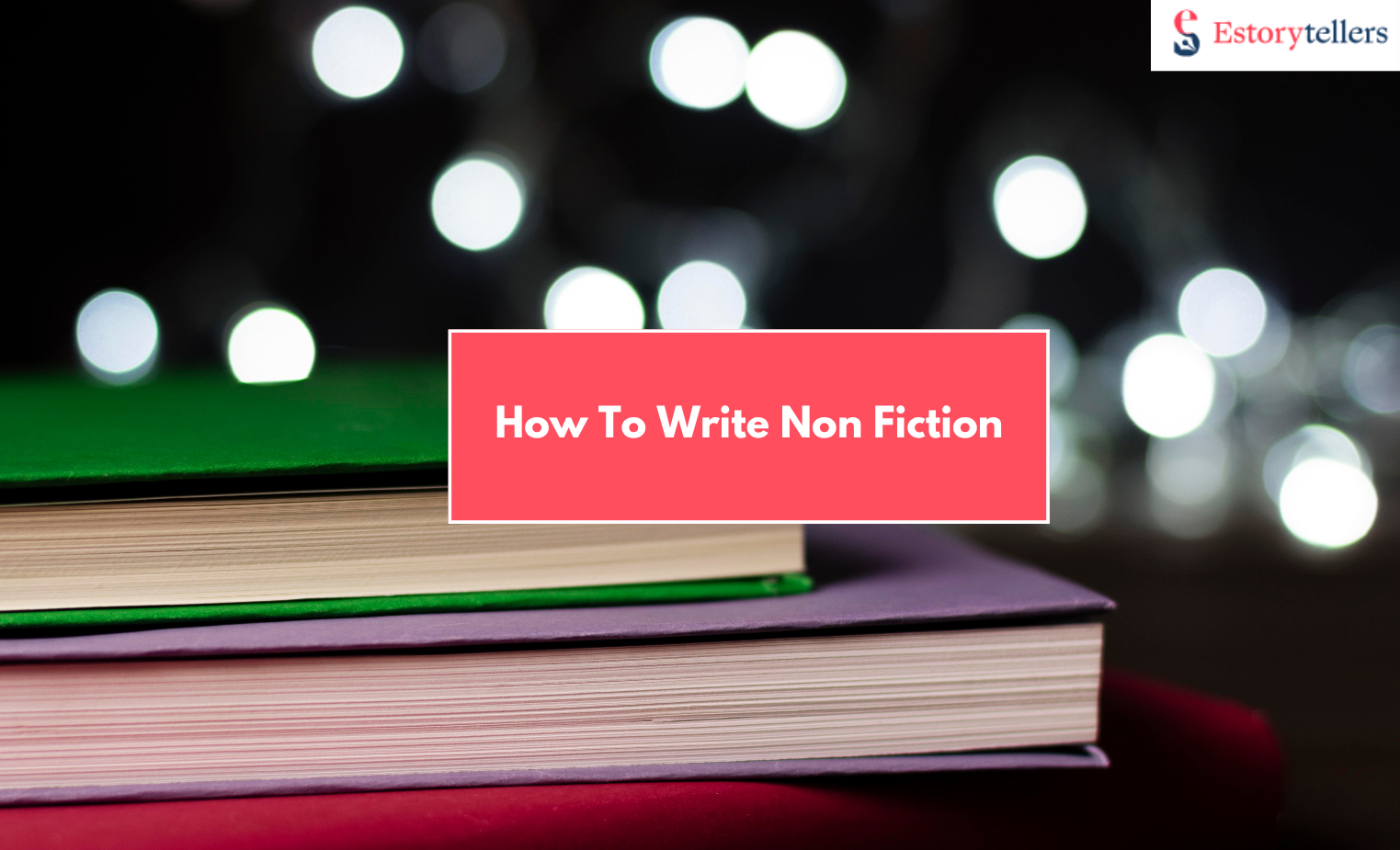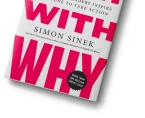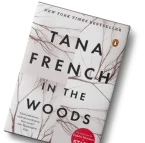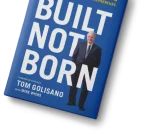
In a world overflowing with information, people still crave clarity, insight, and real-life stories that inspire. Whether it’s Michelle Obama’s Becoming, Mark Manson’s The Subtle Art of Not Giving a Fck*, or a simple how-to guide on managing stress, non-fiction books make an impact.
And now, maybe it’s your turn.
You might be wondering: How do I start? or What if I’ve never written a book before?
This guide is for you.
We’re going to break down how to write a non fiction book, especially if you’re new to writing. You’ll learn about:
- Planning and outlining
- Writing non fiction in different styles
- Using real-world examples
- Leveraging templates
- Editing and publishing tips
Along the way, we’ll also show how Estorytellers can help make your non-fiction writing smoother, faster, and more professional.
Have Insights to Share With the World?
We help first-time authors turn their ideas into well-structured, market-ready non-fiction books.
Start Writing NowWhat is a Non Fiction Book?
A non fiction book is based on real events, facts, knowledge, or life experience. It informs, explains, persuades, or tells a true story. Unlike fiction, there’s no made-up world—your goal is to provide value or insight to the reader.
Types of Non-Fiction Books
- Memoir & Autobiography – share personal stories
- Self-Help & Motivational – inspire and guide
- Business & Leadership – strategies and systems
- Health & Wellness – solutions for better living
- Educational or Instructional – teach something valuable
- Narrative Nonfiction – tell real events in story form
No matter the type, the process of writing non fiction follows a path, and we’ll walk it with you.
No Time to Write Your Book?
Our expert ghostwriters craft compelling non-fiction based on your notes, interviews, or rough drafts.
Hire a GhostwriterStep 1: Clarify Your Purpose and Audience
Start by asking:
- What do I want readers to walk away with?
- Who is this book for?
- Why am I the right person to write it?
Your purpose might be to share a story, solve a problem, or teach a concept. Get crystal clear. This will shape everything from tone to structure.
Step 2: Choose Your Non-Fiction Writing Style
There are several non-fiction writing styles, and choosing the right one depends on your content and audience.
Common Non-Fiction Writing Styles
- Narrative – tells a story (e.g., memoir, travel writing)
- Expository – explains a topic clearly and logically
- Persuasive – argues a point or viewpoint
- Descriptive – paints vivid, sensory-rich scenes
If you’re teaching, expository works best. If you’re inspiring, try persuasive. For personal stories, narrative is your go-to.
Struggling to Structure Your Content?
We help organize your thoughts into powerful chapters that engage and inform readers.
Fix My OutlineStep 3: Use a Non Fiction Book Template to Organize
Beginners often ask, How do I structure my book?
Here’s a simple writing a non fiction book template you can follow:
Basic Non-Fiction Structure
- Introduction – why this book matters, what readers will learn
- Chapter 1: The Setup – introduce the problem or idea
- Chapter 2–6: The Solution – strategies, examples, insights
- Chapter 7: Real-Life Application – how to implement
- Conclusion – recap and inspire action
You can expand or shrink chapters depending on your topic. This structure works for everything from how-to guides to memoirs.
Estorytellers provides chapter-by-chapter writing help and templates, including prompts and sample outlines customized for your niche.
Step 4: How to Start Writing a Non Fiction Book
Okay, you’ve got your idea and your outline. Now it’s time to write.
Here are some tips to make the process easier:
1. Set a Daily Word Count Goal
Even 500 words a day adds up fast. Use writing sprints or set a timer.
2. Write First, Edit Later
Don’t get stuck trying to make it perfect on the first go. Get your ideas down, refine later.
3. Be Conversational
Write like you’re speaking to a friend. Avoid jargon. Use short sentences. Keep paragraphs punchy.
Pro Tip: Estorytellers’ writing tools help adjust tone and pacing automatically while you write.
Need Help With Research?
Our team supports your non-fiction writing with factual research, citations, and content validation.
Add Research HelpStep 5: Add Value with Examples and Data
Use Real-Life Non Fiction Writing Examples
Readers love stories they can relate to.
If you’re writing about leadership, include a case study or client success. If it’s a wellness book, share your transformation story.
Support Ideas with Stats
Back up your insights with data or expert quotes when possible. This boosts credibility.
Step 6: Revise, Edit, and Improve
Self-Editing Checklist
- Is your message clear?
- Are your chapters focused?
- Do you repeat yourself?
- Is the tone consistent?
Use Estorytellers to Polish Your Book
- Grammar checkers
- Plagiarism scanners
- Beta readers
- Professional editors
They even offer feedback on emotional tone and pacing—a big plus for memoirs or personal guides.
Want a Professional Finish?
We offer end-to-end editing, cover design, and layout to make your book ready for global publishing.
Edit & Format My BookStep 7: Design, Publish, and Market Your Book
Choose a Publishing Path
- Traditional publishing: agents, publishers, longer timeline, more prestige
- Self-publishing: full creative control, faster, higher royalties
Your Book Needs:
- A compelling title
- Keyword-rich subtitle
- A professional cover
- Clear, engaging blurb
Estorytellers offers full publishing support, including cover design, formatting, and Amazon KDP setup.
Step 8: Market Your Non Fiction Book
Your book’s success depends on visibility.
Top Marketing Tips:
- Start a mailing list before you publish
- Post helpful content on LinkedIn, Medium, or YouTube
- Host a launch week giveaway
- Collect early reviews from ARC readers
Estorytellers can help you plan and execute your marketing launch with social media kits, promo templates, and launch timelines.
Tips for How to Write Non Fiction for Beginners
- Start small: blog posts, articles, or LinkedIn content can evolve into a book.
- Stay consistent: write a little every day.
- Read widely: explore bestselling non-fiction books in your niche.
- Don’t aim for perfect: aim for done, then revise.
- Use tools: leverage platforms like Estorytellers for structure, speed, and support.
Ready to Publish?
We handle self-publishing, ISBN, global distribution, and Amazon setup for your non-fiction title.
Publish My BookConclusion:
Now that you know how to write a non fiction book, you’ve got what it takes to turn your idea into something that teaches, inspires, and connects.
Remember:
- Start with a clear purpose
- Choose your writing style
- Use a non-fiction book template
- Write consistently
- Edit with care
- Publish and share your message
No matter if you’re teaching, telling, or transforming, your voice matters.
Estorytellers is here to help at every stage, from outlining and drafting to editing, publishing, and promoting. With their expert guidance and tools, your book doesn’t just get written, it gets noticed.
Read More:






























